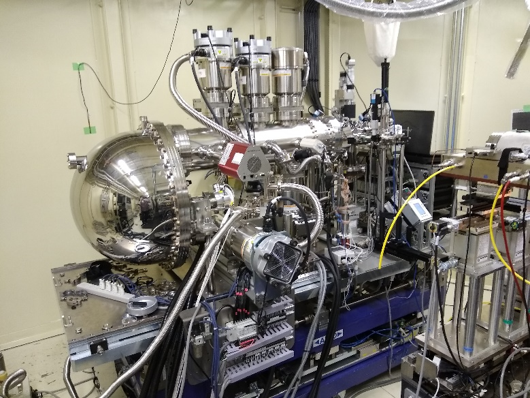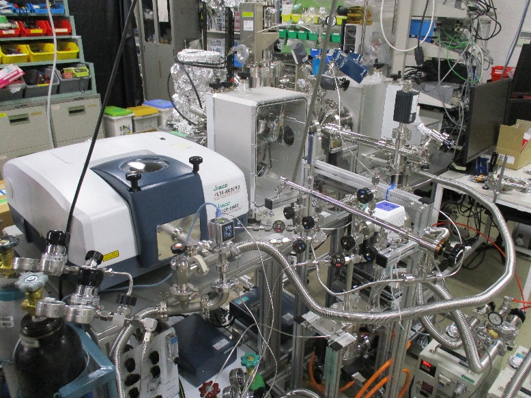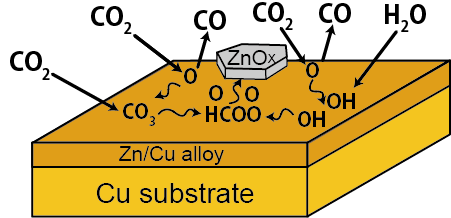References
1. "CO2 Activation and Reaction on Zn-Deposited Cu Surfaces Studied by Ambient-Pressure X-ray Photoelectron Spectroscopy", T. Koitaya et al., ACS Catal. 9, 4539 (2019).
2. "Surface Chemistry of Carbon Dioxide on Copper Model Catalysts Studied by Ambient-Pressure X-ray Photoelectron Spectroscopy", T. Koitaya et al., e-J. Surf. Sci. Nanotechnol. 17, 169 (2019).


